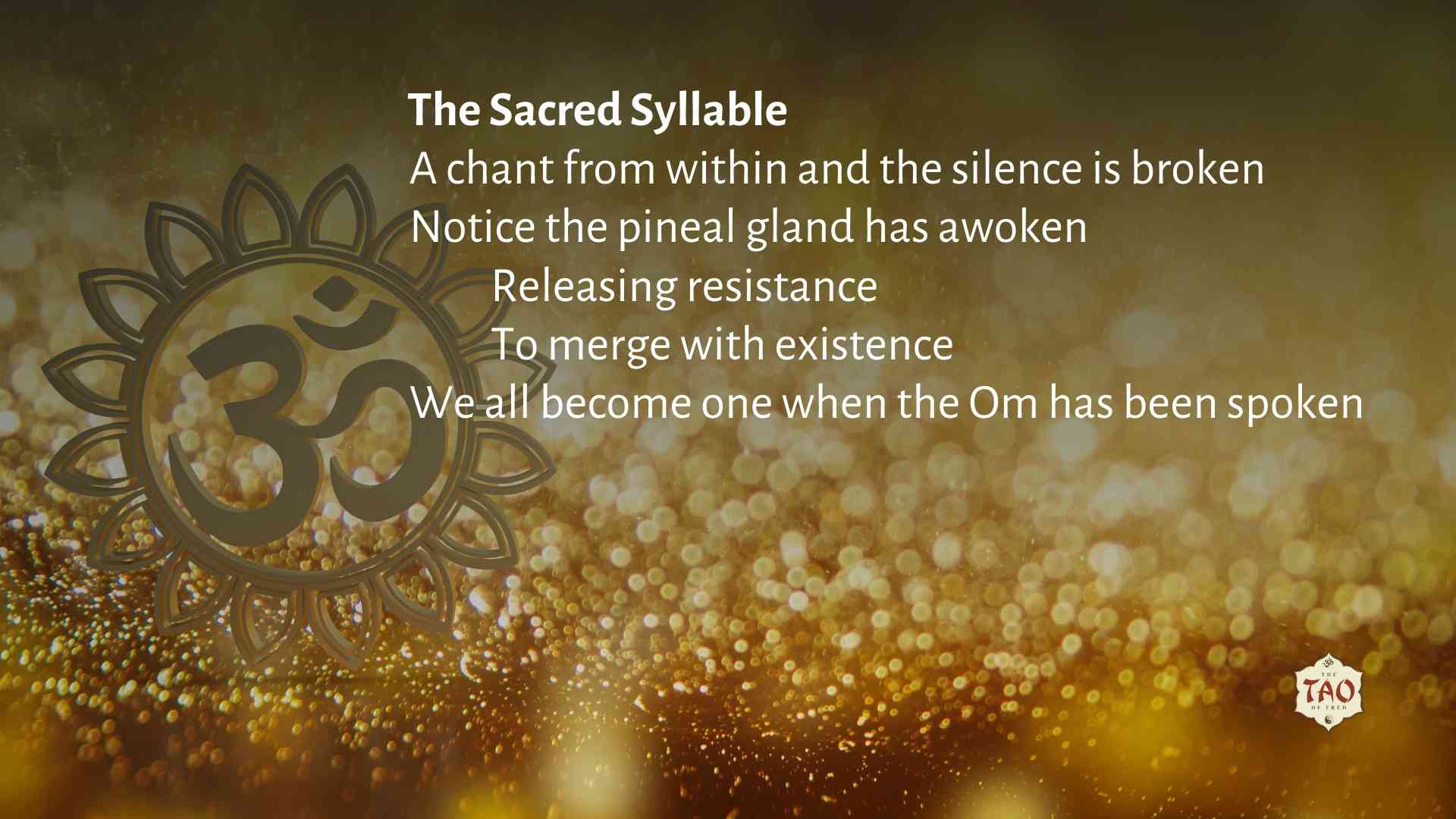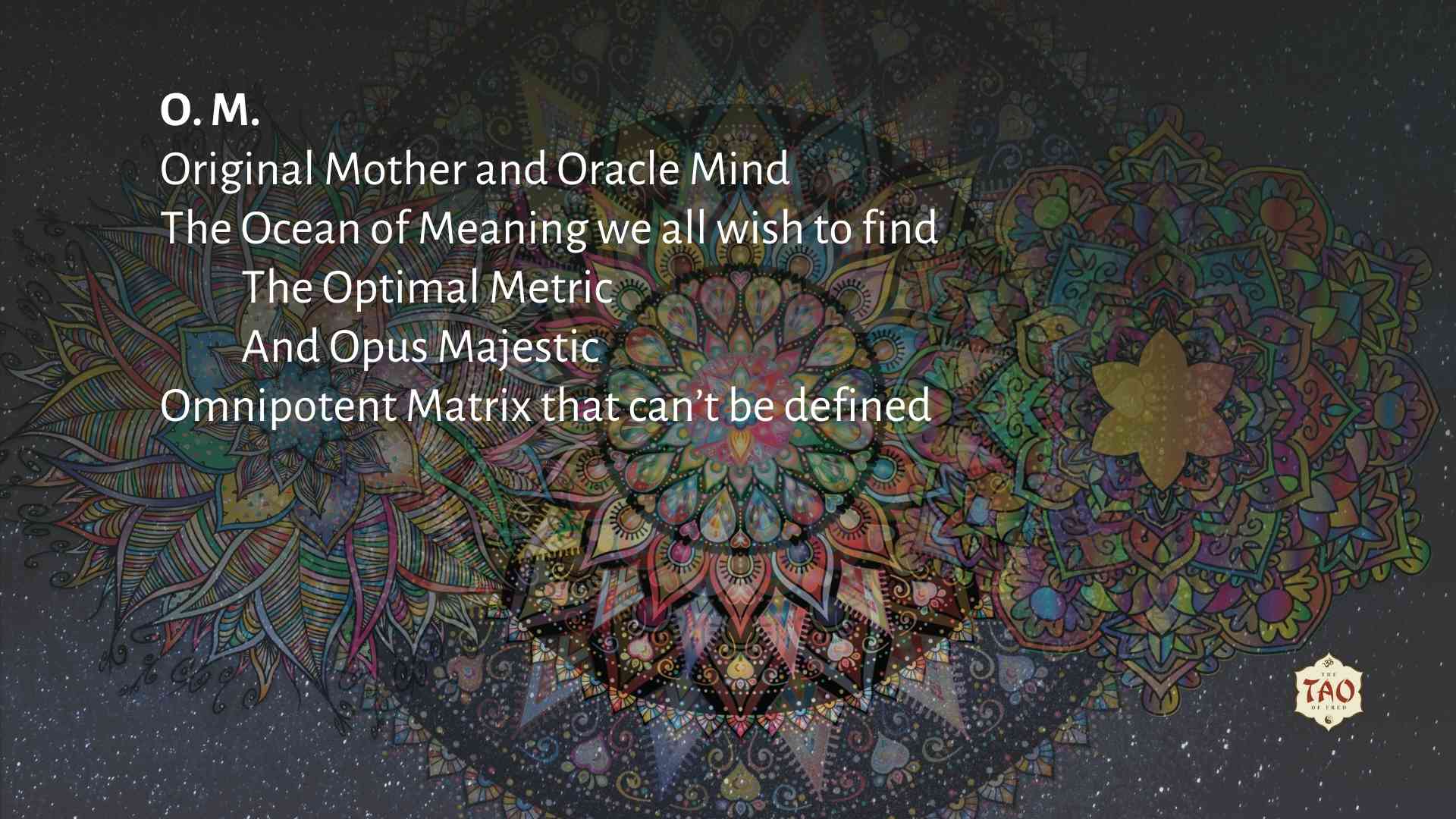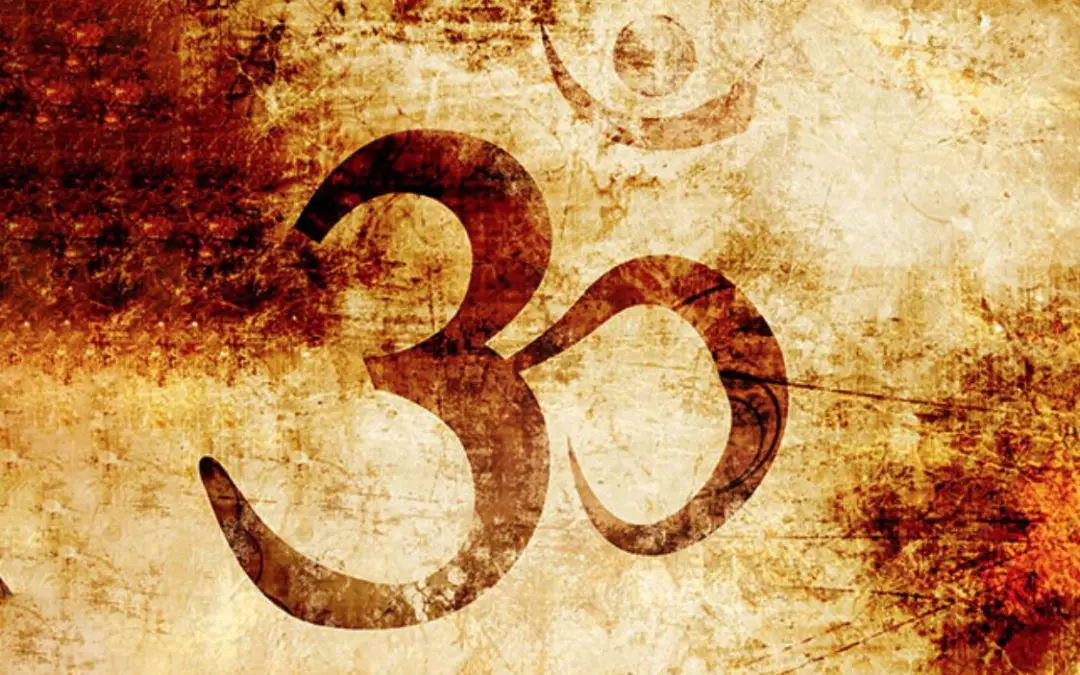Considering the rich foundation of Eastern and esoteric philosophy which underpins both our business model and our way of life, the imagery of Zen, Buddhism and ancient India are virtually inescapable at the House of Bamboo.
Few can overlook the wisdom of our inspirational scrolls imparting the words of timeless teachers like Lao Tzu, Rumi, and the Dalai Lama, as well as Einstein, Mother Teresa and Henry James. But not every Central Coast resident, Central Valley tourist, or Cal Poly engineering student is so intimately familiar with the subtleties of the Tao, the meaning of the Om, or the sound of one hand clapping.
NOTE: This article first appeared in August 2010, when our retail shop was still open. The article was last updated in February 2025.

Welcome Om
One of the most ubiquitous symbols of Eastern mythology, the Om, appears in tapestries, jewelry, clothing and all manner of yoga accessories. These days most people will recognize it, but not everyone can identify it, and even fewer can identify with it. For each person who asks, there’s surely a dozen more who wonder, “What is the meaning of this symbol?”
Volumes have been written about this sacred syllable, in the ancient Hindu texts as well as by more modern sages and comparative scholars like Joseph Campbell. Traditionally, this humming sound, written as either Aum or Om, is chanted as a mantra before and/or after the reading of holy Vedic scriptures or a session of yoga.
Essentially, it is meant to represent the singularity of the cosmos, the single unifying sound of the universe and all its resonation. One might read it to mean the name of god, or even the voice of god (god in the very non-Western sense, that is).
Not unlike the New Testament divinity, however, this single Indian syllable is also divisible into three parts: a-u-m. These three phonemes are variously believed to represent the Hindu Trimurti, the Indian trinity of gods, i.e. Brahma (creator), Vishnu (maintainer) and Shiva (destroyer or transformer); or the three stages of life, i.e. birth, life and death. From this point, the range of interpretation is almost unlimited. Many, for example, believe in a vital fourth element: the silence which follows the a-u-m.
If the association with Indian deities is a little too esoteric, I have an even easier way to think about it. As you slowly chant the a-u-m, open with the A and imagine the first soft, green buds of spring. With the U, think of the lush vibrancy of summer, with all the trees and shrubs in full foliage. As you hum the M, picture the leaves turning and falling with autumn. Finally, take a moment to savor the silence, inhaling deeply as you think again of nature’s cycles, the bare branches of winter, the landscape blanketed with pure, white snow.

Original limerick by Fred Hornaday.
The way I see it, the four elements of the a-u-m, including the closing silence, correspond perfectly with the four seasons of nature. As I chant softly and focus my mind on the changing of seasons, I find myself drifting into a peaceful state of meditation, at one with nature, and one with all things.
Invoked in conjunction with prayer, yoga or meditation, the sacred Om syllable has a phenomenal capacity to elevate the practitioner’s state of consciousness, to transcend the world of the mundane and material, to open new doors of spiritual awakening, and enter the depths of the universal mind.
So clear a little floor space or find a nice patch of grass and try for yourself. Who says you can’t go Om again?
For more pearls of wisdom from the Eastern traditions, be sure to check out our articles on the Meaning of the Mandala, The Ten Thousand Things of Taoism and Bamboo Symbolism in Myth and Folklore.
Also, take a look at our listing of Community Meditation events in San Luis Obispo.
Song of the Day: Donovan’s “There is a Mountain”

























